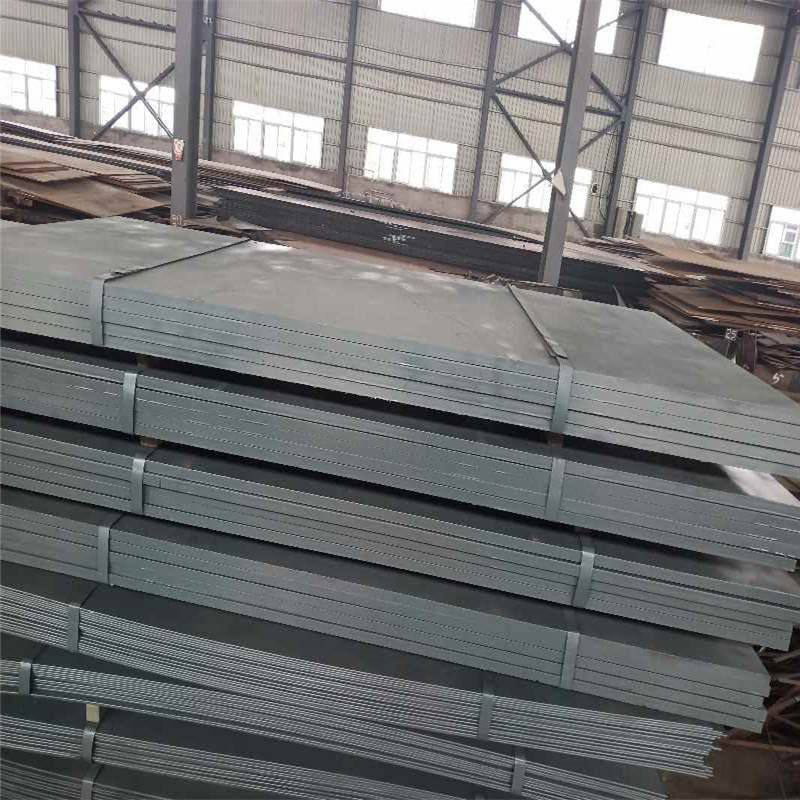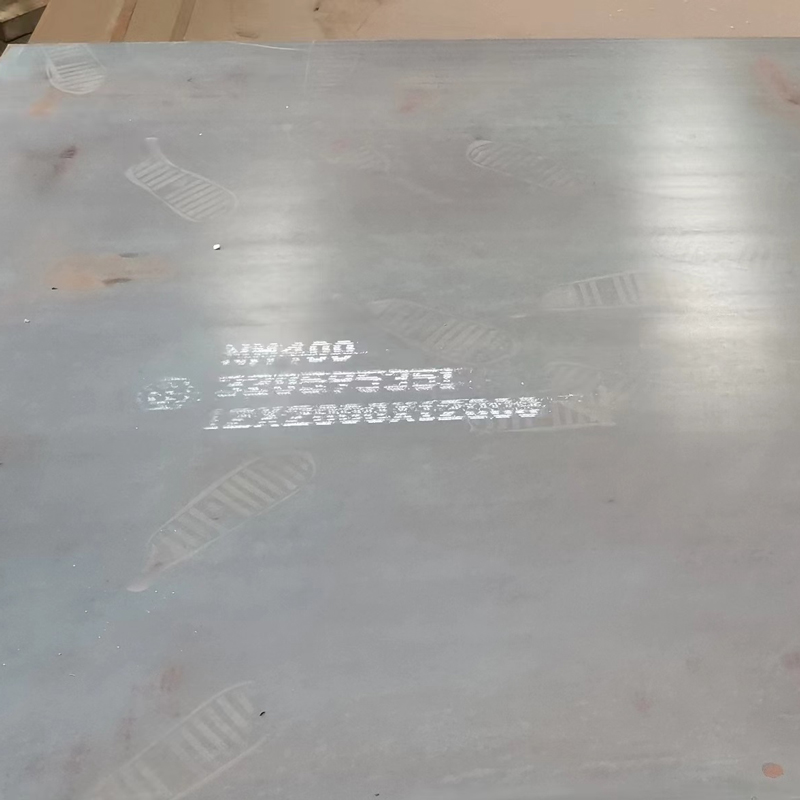-

304 316L 2205 S31803 Stainless Steel Plate
Product presentation:
The corrosion resistance of stainless steel mainly depends on its alloy composition (Cr, Ni,Ti, Si, Al, Mn, etc.) and its internal organizational structure.
According to the manufacturing method of hot rolling and cold rolling two kinds, according to the tissue characteristics of the steel type is divided into 5 categories: austenite type, austenite-ferrite type, ferrite type, martensite type, precipitation hardening type.
Stainless steel plate surface smooth, has high plasticity, toughness and mechanical strength, resistance to acid, alkaline gas, solution and other media corrosion. It is an alloy steel that does not rust easily.
-

SA588 SA387 Alloy Steel Plate
Product presentation:
According to the content of alloy elements is divided into:
low alloy steel (the total amount of alloy elements is less than 5%),
Medium alloy steel (5% -10% of total alloy elements)
High alloy steel (total alloy element is higher than 10%).
According to the alloy element composition into:
Chromium steel (Cr-Fe-C)
Chromium-nickel steel (Cr-Ni-Fe-C)
Manganese Steel (Mn-Fe-C)
Silicon-manganese steel (Si-Mn-Fe-C)
-

Wear-Resisting Plate, Weathering Resistant Plate
Product presentation:
The wear-resistant steel plate is composed of two parts: the low-carbon steel plate and the alloy wear-resistant layer. The alloy wear-resistant layer is generally 1 / 3~1 / 2 of the total thickness. When working, the matrix provides the comprehensive performance such as strength, toughness and plasticity, and the alloy wear-resistant layer provides the wear-resistance to meet the requirements of the specified working conditions.
The alloy wear-resistant layer is mainly chromium alloy, and manganese, molybdenum, niobium, nickel and other alloy components are also added. The carbide in the metallographic tissue is distributed in the fiber shape, and the fiber direction is perpendicular to the surface. The microhardness of carbide can reach above HV1700-2000, and the surface hardness can reach HRC 58-62. Alloy carbide has a strong stability at high temperature, maintain a high hardness, but also has a good antioxidant properties, within 500℃ completely normal use.
-

SA516 Gr60 Gr70 SA387Gr22CL2 Container Plate
Product presentation:
Container plate is mainly used for pressure vessel use
-

S235JR S275JR S355JR Carbon Steel Plate
Product presentation:
Steel plates are divided into hot and cold rolled plates.
According to steel types, there are ordinary steel, high quality steel, alloy steel, spring steel, stainless steel, tool steel, heat resistant steel, bearing steel, silicon steel and industrial pure iron sheet.
High quality carbon structural steel can be divided into three categories according to different carbon content: low carbon steel (C 0.25%), medium carbon steel (C is 0.25-0.6%) and high carbon steel (C & gt; 0.6%).
High quality carbon structural steel is divided into normal manganese (0.25% -0.8%) and higher manganese (0.70% -1.20%), the latter has good mechanical properties and processing properties.




